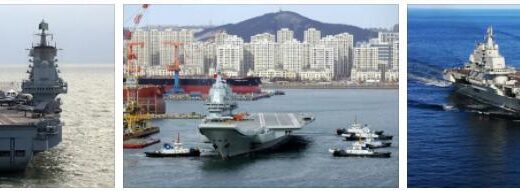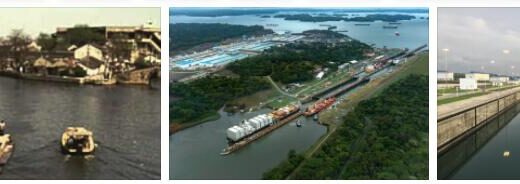Yunnan, China
Yunnan, Yünnan, Jünnan, province in southwest China, on the border with Myanmar, Laos and Vietnam, 436 200 km 2, (2010) 46.0 million residents; The capital is Kunming.
Two thirds of the population are Chinese, the most important national minorities (25 in total) are peoples with Tibetan Burman languages: Yi, Bai, Hani, Lisu, Lahu and Tibetans as well as the Zhuang. The province also forms an ethnic border area with other countries in Southeast Asia. Big problems arise in connection with drugs and AIDS.
The central part of the province is covered by a high plateau between the Yangtze River in the north and the Red River in the south, criss-crossed by individual mountain ranges and flat basins, between 1,800 and 2,000 m above sea level, which continues eastward in Guizhou.
In the northwest, the mountain ranges of Tibet reach Yunnan with heights of over 5,500 m above sea level. Mountains and plateaus make up more than 93% of the total area. The province is crossed by the rivers Jinsha Jiang, Lancang Jiang and Nu Jiang (upper reaches of the rivers Yangtze, Mekong and Salween), which have their source on the Qinghai-Tibet plateau, flow closely parallel to each other and in the northwest of Yunnan the national park of the “Three parallel rivers” (40,000 km 2), the protected zones of which are UNESCO World Heritage Sites. The climate in the core area of the province is subtropical with relatively cool, rainy summers and mild winters. The annual rainfall increases from 1,000 mm in the east to over 5,000 mm on the western mountain walls.
A very small part of the total area is arable land (around 5%). The main crops are rice, wheat, barley, maize, peanuts, cotton, tea and tobacco (largest Chinese tobacco growing area), in the southwest also tropical plants and cut flowers. Pasture farming is carried out in the high mountainous northwest. The above-average logging serves the whole of China, but reduces the proportion of forest area in the province in a worrying way. The most important branch of the economy is the food and beverage industry. The coal mined west of Kunming and the iron ore extracted from Wutung and Imen are used to supply Kunming’s iron and steel industry. Other mineral resources are zinc (largest known Chinese deposits), tin, copper, lead, nickel, tungsten and molybdenum as well as salt and phosphorus. The location on the border with several neighboring countries offers good conditions for international trade. Urban centers are next to Kunming Xiaguan, Gejiu and Dongchuan. The traffic is mainly tied to the road, especially the long-distance routes towards neighboring states and provinces are being promoted. In 2002 the rail line from Neijiang (Sichuan) to Kunming was put into operation, from there there are connections to Chengdu (Sichuan), Nanning (Guangxi) and Guiyang (Guizhou); international airport in Kunming. Increasing tourism due to scenic features (karst area of the bizarre “Petrified Forest”, Lake Dian Chi) and the ethnic minorities (exotic tourist magnets).
Kunming
According to a2zgov, Kunming is the capital of Yunnan Province, China, on a high plateau (surrounded by mountains in the west, north and east) north of the Kunming Hu, 1,900 m above sea level, 6.43 million residents in the entire administrative area, including 4.34 million Residents in the boroughs;University (founded in 1934), technical colleges, observatory, provincial museum (opened in 1964); in the northwest of the city the “Jade Lake” with the park of the same name. Kunming is the most important industrial center in southwest China; Iron ore, copper ore and coal deposits in the area form the basis of the iron and steel industry and copper extraction; Textiles and machine tools, cranes, generators, electrical and optical devices, motors and buses are manufactured; also chemical, cement and food industries. Railway junction, international airport (also air force base).
In the north of Kunming on the mountain Yuantong Shan the temple complex Yuantong Si; in the West Mountains (Xishan), 10 km outside the city, the Huating Si Temple (Song Time). Southwest of Kunming is the Daguan Tower (Daguan Lou Gongyan) in the park of the same name on the northwest bank of the Kunming Hu. The building, completed in 1691, was destroyed in 1857 and rebuilt in 1869. The so-called Steinwald, a karst area covering an area of 26,000 hectares, extends around 120 km southeast of Kunming; 80 hectares of which are currently open to visitors.
The beginnings of the city, which changed name several times, go back to the Western Hanzeit; capital of Yunnan Province since 1276.



